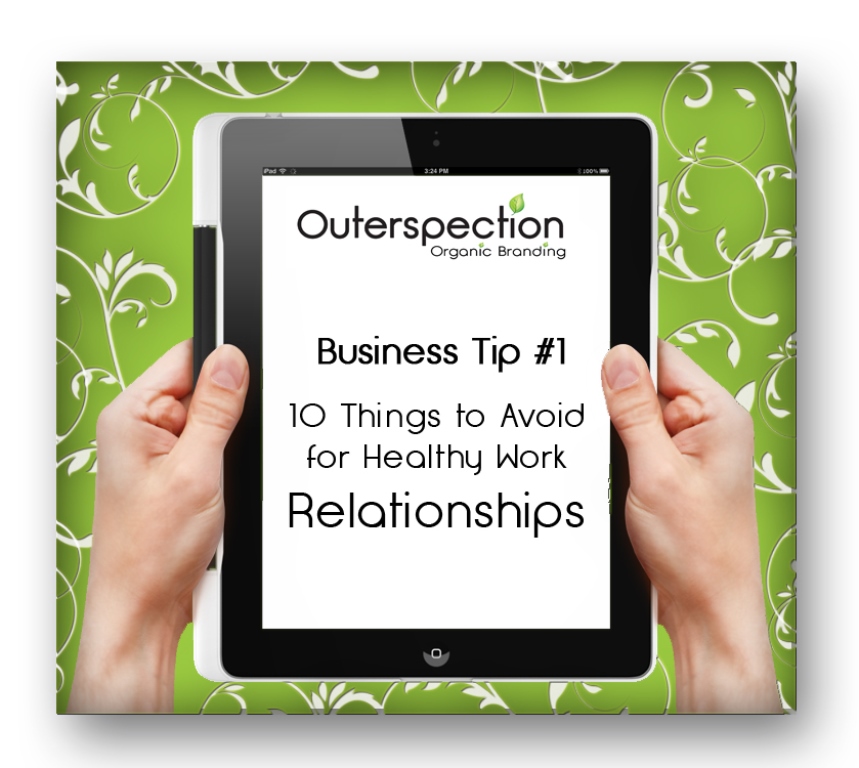
5 quick and easy SEO tips for increasing your website’s organic traffic

However, reverse engineering has allowed us to make at least some positive changes to how we approach SEO marketing, so let’s adopt our best Penguin, Panda and Hummingbird positions and start rising through the search rankings.
1. Refresh your content
In SEO, having a decent ‘fresh’ rating doesn’t mean you’ve got a cool new pair of sneakers you want to show off. It’s the practice of updating your content, adding little tweaks to make sure it remains relevant.
A good starting point would be to use Google Analytics to identify your top 10 ranking pieces of organic content, and see what contextual changes you can make so they remain pertinent. But be aware of making too many changes, you don’t want to destroy the very thing that made them so popular in the first place.
2. Share the love with internal linking
Google absolutely loves internal linking (the act of linking your audience to other areas of your website). The longer a user stays on your website, the more valuable Google will deem your content to be and, therefore, will rank your pages higher on search results.
Get into the habit of providing at least two internal links in every piece of content you produce. As long as it’s offering the user value, Google is going to reward you.
Did you know… that the term PageRank actually comes from Google’s co-founder Larry Page, rather than the word itself?
Also consider linking new pieces of content to some of your high-ranking organic stalwarts. This proverbial ‘sharing of the search value love’ will bestow your newly-created piece of content with an early boost in ratings before its even begun to generate search value of its own.
As an added bonus, by adding reciprocal links between your new and old content, you’ll also be ticking the ‘freshness’ technique mentioned in tip number one.
3. Nail your headlines and subheads
You’d be staggered at how many articles across the web consist of just a headline and then 700 words of block text. Google finds it much easier to analyse headlines and subheads than the main body of an article, so make sure they’re on-point and hitting all your keywords.
A good SEO headline should always satisfy two criteria: clarity and curiosity. By providing clarity, you’re letting the reader know what the article’s about without any need for prior context.
However, this is where curiosity comes in. Make sure you’re not giving away the entire scoop in the headline by providing a hook, which will entice the reader into clicking your search result for more information.
Depending on your CMS, you can create a separate Google search results headline to the one that appears on your website. For the majority of websites, you can achieve this through the metadata section of an article and changing the ‘page title’ section. It essentially means you can go a bit more SEO-heavy on your Google search results headline, while retaining a more user-friendly one on your actual webpage.
Subheads are another overlooked SEO tactic and should be used whenever possible. If they consist of valuable keywords that are relevant to the article, they won’t only boost the article’s search value, they’ll also provide your audience with a much-needed mental rest point.
4. Optimise your website for mobile
Now, I’m fully aware this is another chronically overused statement in marketing, but an imminent change to how Google ranks search results makes it incredibly relevant.
Currently, Google employs two separate search databases, one for those browsing via their desktop, and another one for mobile users. If you’re website performs well on both platforms, good for you. But, if like the majority of B2B brands, you’re still focused on desktop optimisation rather than a mobile-first strategy, you’re in deep trouble.
If you’re looking to carve out a niche in marketing, it’s paramount you establish a strong domain authority in that particular field…
Word on the SEO block is that Google will soon be scrapping the desktop database, meaning that all search queries will be ranked according to its mobile database. This means your website can be as fully-optimised for desktop as you like, but if it doesn’t perform well on mobile, you’re going to start witnessing a tangible dip in organic traffic.
Use Google’s PageSpeed Insights tool to analyse how well your website performs on mobile versus desktop. The tool even provides pointers on how to improve specific pages, with the most common culprit being slow user experience, usually as a result of Javascript and HTML hiccups, which should be forwarded to your website development team.
5. Perfect the Panda and Penguin algorithms
Don’t be fooled by their charming namesakes. Getting on the wrong end of these two SEO beasts can result in serious search results mauling.
Panda
Released February 2011
Aimed at lowering the ranks of low-quality sites

First launched in 2011 as a separate element, now fully integrated into Google’s wider algorithm. Panda rewards the following criteria:
Long-form content: Since Panda, Google seems to now prefer long-form content. Simply put, the longer a user stays on your website, the more valuable your content must be.
Well-written: This sounds condescendingly obvious, but Google really dislikes what it calls ‘thin content’. Essentially, these are pages that offer little in way of value to your audience – and will usually come in the form of extremely short webpages comprising only a few sentences.
Authority: If you’re looking to carve out a niche in marketing, it’s paramount you establish a strong domain authority in that particular field. If someone Google searches ‘content marketing strategies’, domains possessing a strong authority on content marketing will inevitably claim search rank precedence. Free tools such as Open Site Explorer or MozBar will help you determine your domain authority.
Penguin
Released April 2012
Punishes websites that spam Google search results

Where Panda rewards, Penguin penalises. This protector of the search engine realm punishes those for exploiting the following:
Link farming
“Dear x, I stumbled across your website while researching x and I have to say I found your content useful and informative. I was wondering if you would accept a guest post discussing x. This post would be well-researched and add value to your website. All I require is a backlink to my website”
Sound familiar? While writing this very example, I genuinely received an email pretty much along those exact lines. Having multiple links directed to low authority pages from your website is a big no-no in Penguin’s beady eyes, so be aware of emails promising you reciprocal links.
True, building reciprocal links with high authority domains is well-rewarded by Google, but as with anything in SEO land, balance is key. Beware the pitchfork-wielding link farmers.
Unnatural links
In some cases, it may be necessary to hyperlink to more nefarious corners of the internet in order to provide your readers with further reading value or as evidence for facts or statements made.
In these cases, you can employ the ‘nofollow’ rule, which involves inserting a simple piece of code into the HTML of your URL. This causes Google to “drop the target links from our overall graph of the web”, essentially meaning it won’t count towards your PageRank.
You should use the ‘nofollow’ rule when linking to untrusted sources or in sponsored posts (Google doesn’t like paid links).
Keyword stuffing
In days of yore, SEO agencies would take on a client, create a website, copy and paste a deluge of keywords at the foot of all its webpages, and make it magically disappear by turning the copy white.
Not particularly pioneering, but 10 years ago, it was a tried and tested tactic. To contextualise, marketers should be aware of using keywords just for the sake of it. If you’re producing a valuable piece of content – which you all really should – then by virtue the keywords associated with the article’s topic should already be well covered.
And finally…
Remember, the very nature of the ever-shifting SEO landscape means that in six months time, many of these tactics may have become redundant. And don’t expect instant results, boosting organic traffic is a gradual process, but lots of small changes go a long way, so implementing these quick SEO wins immediately should be your cardinal concern.
Outerspection-Organic Branding in Brevard is a a local branding firm offering website design, graphic design, social media marketing, print products and corporate photography. What this means is you receive hands on, face to face attention while we create, develop, and maintain a local voice for your brand.
CALL US FOR A BRAND EVALUATION AT 321-292-9040 TODAY!
Melbourne FL Branding | Melbourne FL Website Design | Melbourne FL Social Media Strategy | Melbourne FL Print | Melbourne FL Photography
















